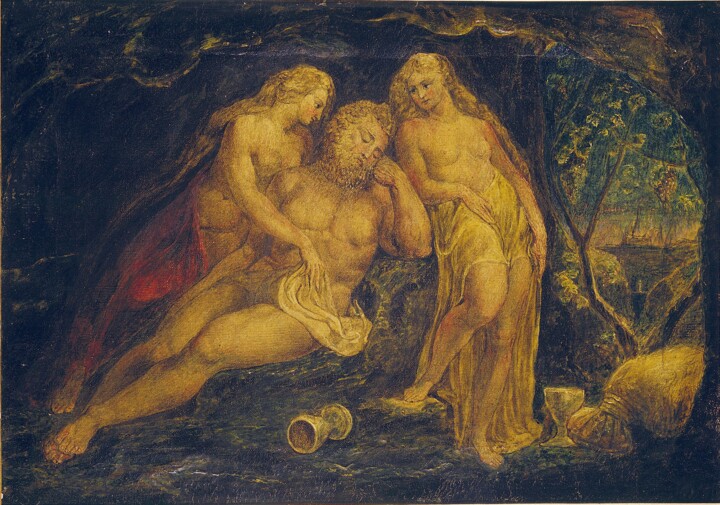"Fine-Arts" prints on paper
It is a process of printing on art paper using very high-quality pigment inks and printed in very high definition. Its level of conservation is exceptional (more than 100 years), its quality, depth, and richness of nuances exceeds the classic photo print on Argentic paper.

Glossy finish
Apart from its exceptional thickness, the fiber paper is composed of an alpha-cellulose base without acid and it is covered with barium sulphate, and a microporous layer absorption enhancing pigments during printing. A pure white color, non-yellowing to light, this paper is especially designed for resistance and aging. It is used by major museums worldwide as it offers excellent resolution, rendering deep and dense colors.
Art Print "Fine Art" - Glossy finish on a fiber base paper 325 g.

Our high end prints and reproductions
ArtMajeur only uses natural papers with neutral pH, resistant, and of high quality, selected from renowned papermakers!
Constant attention is paid by our master printer, whether in terms of color control or respect for the graphic chain. Our high level of quality requirement is a major asset of ArtMajeur framed art prints.
For Artists! You help artists to live from their work. They receive royalties everytime you buy their prints.
About our fine prints-
Original Artwork
Painting,
Tempera
- Dimensions Height 10.4in, Width 14.9in
- Framing This artwork is not framed
- Categories Symbolism Fantasy
Au centre de la composition, Loth est assis sur le sol, sa posture voûtée et sa tête baissée indiquant peut-être un état de sommeil, d'ébriété ou d'abattement. De chaque côté de Loth, ses filles sont représentées comme des figures angéliques. La fille sur la gauche, avec des ailes rouges partiellement visibles, semble soutenir Loth par l'épaule, l'engageant doucement ou cherchant à attirer son attention. Sa posture est inclinée vers lui, dans un geste qui peut être perçu comme protecteur ou consolateur.
La fille sur la droite se tient plus droite et dirige son regard directement vers l'observateur, ou au-delà de la scène elle-même. Sa main droite est posée délicatement sur l'épaule de Loth, et bien que sa posture soit moins engageante que celle de sa sœur, elle participe clairement à l'action qui se déroule.
Le paysage alentour est sombre et grottesque, évoquant une caverne ou un abri sous les rochers, avec une ouverture montrant un paysage extérieur plus lumineux et plus paisible. Au premier plan, à côté du pied de Loth, il y a un bol renversé, ce qui peut faire allusion à la consommation d'alcool, un élément clé de l'histoire biblique où les filles de Loth l'enivrent pour perpétuer leur lignée après la destruction de leur ville.
Related themes
William Blake (1757–1827) was an English poet, painter, and printmaker, regarded as one of the most significant figures in the history of British literature and art. Born in London, Blake was the third of seven children in a working-class family. From a young age, he displayed extraordinary artistic talent, which led him to be apprenticed to an engraver at the age of 14.
Blake's artistic career flourished as he developed a unique style that combined poetry and visual art. He is perhaps best known for his illuminated manuscripts, which featured intricate engravings and hand-painted illustrations. His most famous works include "Songs of Innocence and of Experience," a collection of poems exploring the duality of human nature, and "The Marriage of Heaven and Hell," which presents his radical philosophical ideas.
Throughout his life, Blake remained largely unrecognized and unappreciated by the mainstream art and literary establishments. His visionary works often conveyed his deep spiritual beliefs and criticism of societal norms. He was influenced by various philosophical and mystical traditions, including Neoplatonism, Christianity, and the ideas of Emanuel Swedenborg.
Blake's themes of innocence, experience, and the struggle between good and evil resonated deeply in his works, and he often depicted biblical figures and scenes infused with his unique symbolism. His artistic philosophy emphasized the importance of imagination and creativity as pathways to spiritual and personal liberation.
Despite his struggles for recognition during his lifetime, Blake's legacy has endured, and he is now celebrated as a precursor to the Romantic movement and a significant influence on later artists and writers. His work has inspired countless interpretations and adaptations, and his vision of a world transformed by imagination continues to resonate with audiences today. William Blake passed away in 1827, leaving behind a rich legacy of art and literature that still captivates the imagination.
-
Nationality:
UNITED KINGDOM

- Date of birth : unknown date
- Artistic domains: Represented by a Gallery,
- Groups: Contemporary British Artists Artists presented by a gallery









